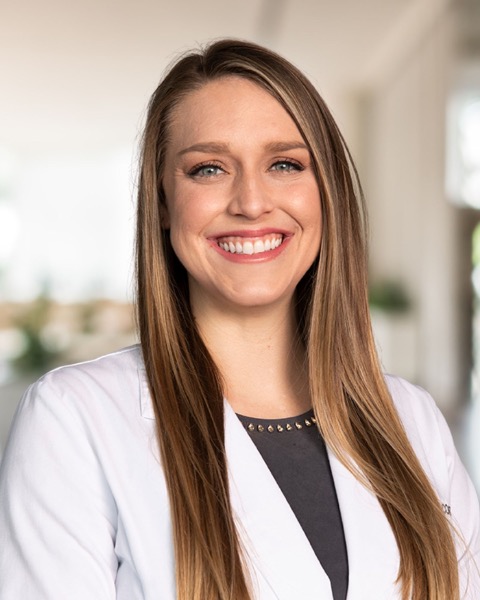SECO 2026
OD-AOA CE HOURS
COPE-GO
OD IL
OD FL
OD SC
OD TX
116 - How to Handle Non-Ocular In Office Emergencies
Friday, February 27, 2026
12:00 PM - 1:00 PM EDT
CE Hours 1
Lecturer(s)
Disclosure(s):
Jade Coats, OD: AbbVie/Allergan: Advisory Committee/Board Member (); Alcon: Advisory Committee/Board Member (), Consulting Fees (), Speaker's Bureau (honoraria or other compensation) (); Bausch + Lomb: Advisory Committee/Board Member (), Speaker's Bureau (honoraria or other compensation) (); Bausch Health: Advisory Committee/Board Member (), Speaker's Bureau (honoraria or other compensation) (); Dompe: Advisory Committee/Board Member (), Speaker's Bureau (honoraria or other compensation) (); Harrow Pharmaceuticals: Consulting Fees (), Speaker's Bureau (honoraria or other compensation) (); Orasis: Advisory Committee/Board Member (), Consulting Fees (), Speaker's Bureau (honoraria or other compensation) (); Sun Pharma: Advisory Committee/Board Member (), Speaker's Bureau (honoraria or other compensation) (); Tarsus Pharma: Advisory Committee/Board Member (), Speaker's Bureau (honoraria or other compensation) (); Tenpoint: Advisory Committee/Board Member (); Thea Pharma: Advisory Committee/Board Member (); ZEISS: Advisory Committee/Board Member (), Consulting Fees ()
Seconds matter when a patient experiences a medical emergency in the office. This course prepares optometrists to recognize, triage, and respond to non-ocular emergencies during patient care. Topics include the role of CPR training, emergency medical kits, staff preparedness, and management of common crises such as anaphylaxis, cardiac arrest, seizures, syncope, hypoglycemia, and opioid overdose. Practical steps and integration of emergency protocols will be emphasized to enhance safety and outcomes in clinical practice.
Learning Objectives:
Upon conclusion of this activity, attendees will be able to:
- Identify the essential components of an in-office emergency medical kit and the role of staff training in emergency preparedness.
- Recognize the signs and symptoms of common non-ocular emergencies, including anaphylaxis, cardiac arrest, seizures, syncope, and overdose.
- Apply appropriate triage protocols and evidence-based interventions during in-office emergencies, including the use of epinephrine, nitroglycerin, Narcan, and AEDs.
- Differentiate between recommended “do’s and don’ts” in managing emergencies such as fainting, seizures, and cardiac events.
- Integrate emergency response protocols into routine practice to optimize patient safety and team readiness.


